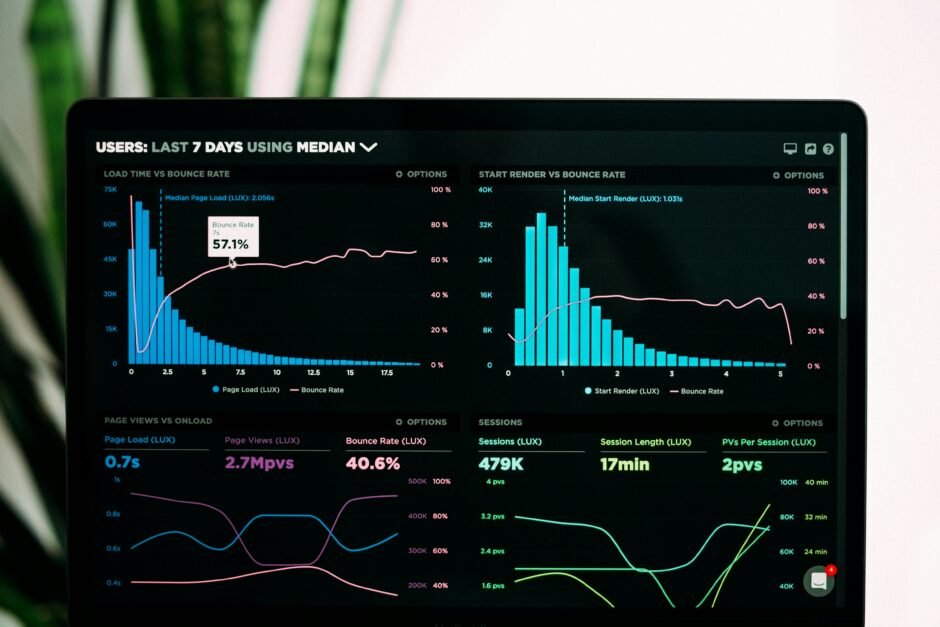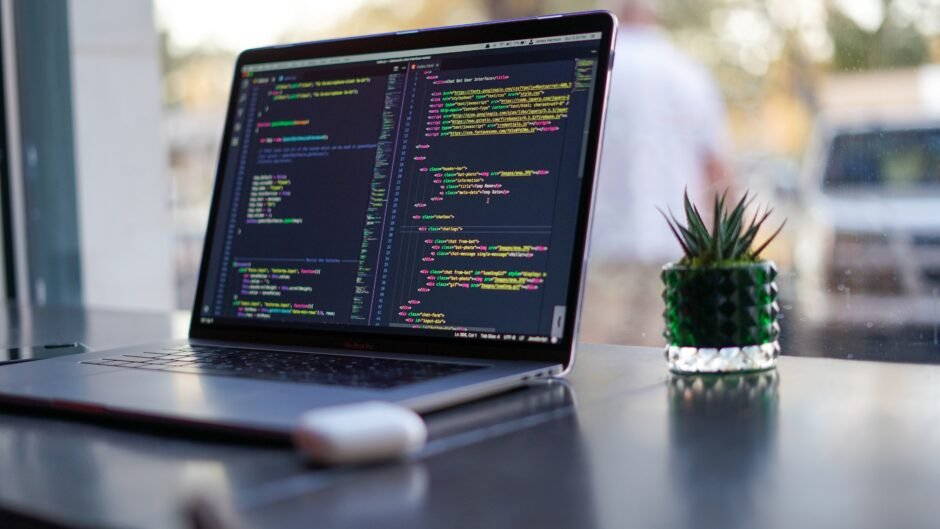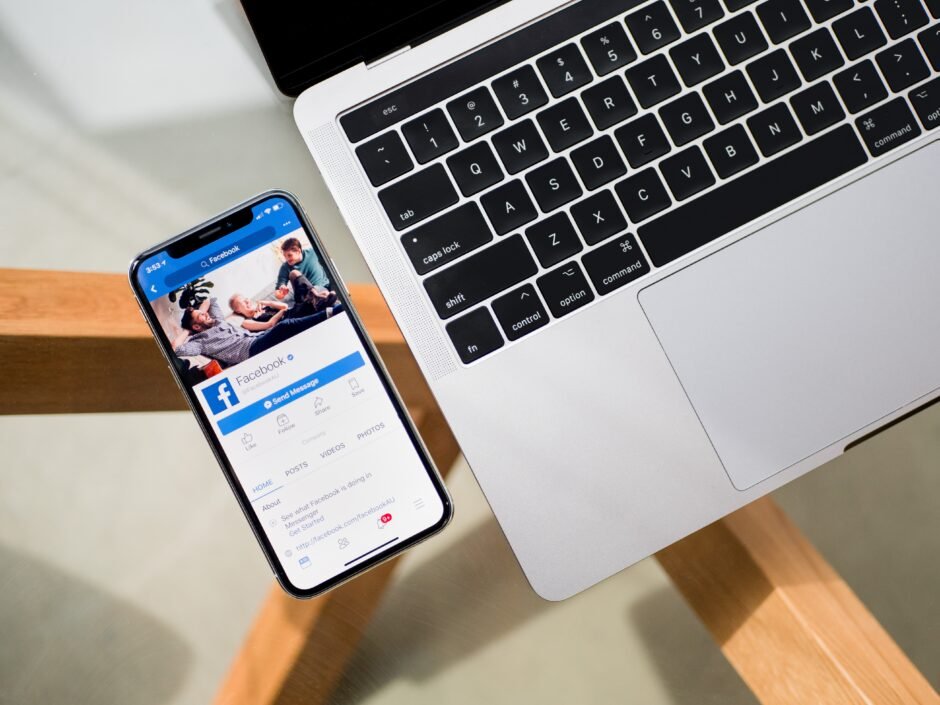AWS Lambda Q&A and Courses + free courses
AWS Lambda Q&A and Courses + free courses
AWS Lambda is a serverless compute service provided by Amazon Web Services (AWS) that enables users to run code without provisioning or managing servers.
It allows developers to upload their code and Lambda automatically manages the execution, scaling, and maintenance of that code in response to various events or triggers.
Free datacamp courses

Lambda supports code written in various programming languages like Node.js, Python, Java, and more, allowing developers to build applications quickly and efficiently.
Learning AWS Lambda is crucial in the current cloud computing landscape for several reasons.
Firstly, it simplifies the development and deployment of applications by abstracting away server management, enabling developers to focus solely on writing code to handle business logic.
Lambda’s event-driven architecture allows it to respond to various events from other AWS services or custom triggers, making it highly versatile for building a wide range of applications, from real-time data processing to backend APIs and more.
Free Udacity courses

The usage of AWS Lambda spans multiple scenarios. It’s commonly used for processing data from streaming sources like Amazon Kinesis, responding to HTTP requests via API Gateway, automating tasks with AWS Step Functions, handling file uploads to Amazon S3, and more.
Additionally, Lambda functions can be combined with other AWS services to create powerful and scalable applications without the need for managing infrastructure.
Understanding Lambda’s capabilities and integration with other AWS services empowers developers to create scalable and cost-effective solutions.
It enables the implementation of serverless architectures, reducing operational overhead, optimizing costs, and accelerating the development and deployment of applications.
As the demand for serverless computing continues to rise, proficiency in AWS Lambda becomes increasingly valuable for developers looking to build efficient and scalable cloud-native applications.
Udemy free courses

Udemy AWS Lambda Courses with big discounted pricing
Courses could not be fetched. Please try again.Here are 20 multiple-choice questions (MCQs) related to AWS Lambda along with their respective answers:
Question: What does AWS Lambda primarily offer to developers?
A) Virtual machines management
B) Serverless compute service
C) Storage solutions
D) Network security services
Answer: B) Serverless compute service
Question: What programming languages are supported by AWS Lambda?
A) JavaScript only
B) Python, Java, Ruby, and Node.js among others
C) Java and C#
D) Ruby and PHP
Answer: B) Python, Java, Ruby, and Node.js among others
Question: In AWS Lambda, what triggers the execution of functions?
A) HTTP requests only
B) Only events from S3 buckets
C) Various events or triggers
D) Manual invocation through the AWS Console
Answer: C) Various events or triggers
Question: How is the billing for AWS Lambda calculated?
A) Based on the number of functions created
B) Based on the total code lines written
C) Based on the number of invocations and execution time
D) A fixed monthly subscription fee
Answer: C) Based on the number of invocations and execution time
Question: What is the maximum execution time limit for a single AWS Lambda invocation?
A) 1 minute
B) 5 minutes
C) 15 minutes
D) 30 minutes
Answer: C) 15 minutes
Free coursera courses

Question: Which AWS service is commonly used to trigger AWS Lambda functions in response to HTTP requests?
A) Amazon S3
B) Amazon API Gateway
C) AWS CloudFront
D) Amazon EC2
Answer: B) Amazon API Gateway
Question: How can you control access to AWS Lambda functions?
A) Through AWS IAM roles and policies
B) Only through AWS Lambda Console
C) By directly modifying function code
D) By setting up network firewalls
Answer: A) Through AWS IAM roles and policies
Question: What is the term used for the process of uploading code to AWS Lambda?
A) Compilation
B) Uploading
C) Deployment
D) Execution
Answer: C) Deployment
Question: Which AWS service can be used to schedule AWS Lambda function invocations?
A) Amazon CloudWatch Events
B) AWS Step Functions
C) AWS Batch
D) AWS SNS
Answer: A) Amazon CloudWatch Events
Question: What is the purpose of the AWS Lambda execution environment?
A) To manage networking configurations
B) To execute the function code
C) To provision virtual servers
D) To store code backups
Answer: B) To execute the function code
tutorials point free courses

Question: How does AWS Lambda handle the scaling of function invocations?
A) Automatically scales based on function complexity
B) Requires manual configuration for scaling
C) Scales based on configured concurrency limits
D) Scales based on the number of functions created
Answer: C) Scales based on configured concurrency limits
Question: Which AWS service can be used to trigger AWS Lambda functions based on changes in S3 buckets?
A) AWS CloudFront
B) Amazon CloudWatch
C) AWS S3 Events
D) Amazon SQS
Answer: C) AWS S3 Events
Question: What is the main benefit of using AWS Lambda?
A) Complete control over server configurations
B) Simplified management of server instances
C) Automated scaling and reduced operational overhead
D) Higher latency and fixed costs
Answer: C) Automated scaling and reduced operational overhead
Question: How does AWS Lambda manage the execution environment for functions?
A) Functions are executed on pre-allocated servers
B) Functions are executed in a fully isolated environment
C) Functions share execution environments with other functions
D) Functions execute in a virtualized container
Answer: B) Functions are executed in a fully isolated environment
Question: Which AWS feature helps monitor and analyze the performance of AWS Lambda functions?
A) Amazon CloudWatch Logs
B) AWS X-Ray
C) AWS Inspector
D) AWS Config
Answer: A) Amazon CloudWatch Logs
Question: What is the maximum size of the code and dependencies that can be uploaded to AWS Lambda?
A) 1 GB
B) 5 GB
C) 10 MB
D) 50 MB
Answer: C) 10 MB (compressed ZIP file)
Rakuten kobo free books

Question: What happens to AWS Lambda functions after the code is uploaded?
A) They are immediately available for invocation
B) They require manual activation
C) They are in a frozen state until invoked
D) They go through a validation process
Answer: A) They are immediately available for invocation
Question: How can you enable logging for AWS Lambda functions?
A) Enabling CloudTrail for Lambda
B) Explicitly adding log statements in the function code
C) Automatically enabled by default
D) Enabling CloudWatch Logs for Lambda
Answer: D) Enabling CloudWatch Logs for Lambda
Question: What is the purpose of AWS Lambda layers?
A) To manage IAM roles for Lambda functions
B) To define function triggers
C) To share code and dependencies across multiple functions
D) To monitor function performance
Answer: C) To share code and dependencies across multiple functions
Question: Which AWS service can be used to store environment variables securely for AWS Lambda functions?
A) AWS Systems Manager
B) AWS Secrets Manager
C) AWS IAM
D) AWS Lambda Environment Manager
Answer: B) AWS Secrets Manager
Learn more courses and free Q&A







































